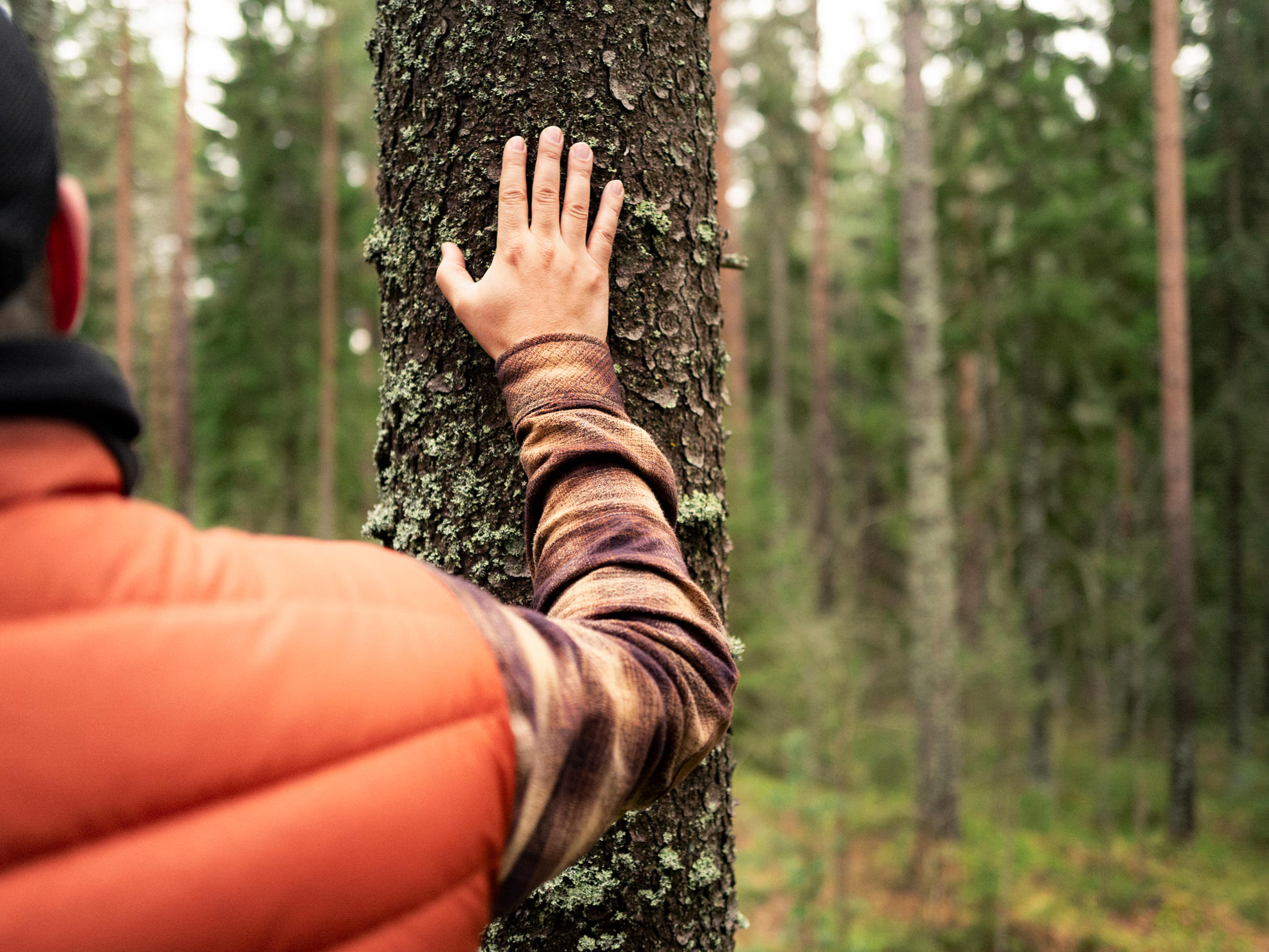This form of ownership results in the creation of a forest partnership. It means that the forest is not split up, which could lead to poorer forest management and increases the forestry costs. In a partnership, every member owns an equal share of the forest unless otherwise agreed in connection with the sale or gift and specified in the deed of transfer. Since all the decisions must be unanimously made, a forest partnership is not a good alternative for siblings who have already disagreed.
It often happens that the person who lives closest to the forest takes the greatest care of it. This work benefits everyone in the partnership. If the person wants to be compensated for their work, official wages must be paid for it. The grounds for any distribution of work or principles of forest management and wood trade are best agreed in advance and in writing. The forest partnership files a joint tax return, but the partners pay tax individually, based on their share of ownership.
It is a good idea for forest partnerships to use the Metsäverkko service, because every partner then has access to the same information concerning their forest assets. In the service, they can each individually approve offers on wood sales and forestry work using their banking codes. They can also choose to authorise one of the partners as the person responsible for forest-related matters in Metsäverkko, while retaining their right to view all the information.
If the partners of a forest partnership need help with forest work, they can also conclude a forest asset management agreement with Metsä Group. This offers a good start to the partnership’s forest asset management, supported by their personal forest specialist. The partnership has professionals looking after the forest, but the partners still make all the decisions.

